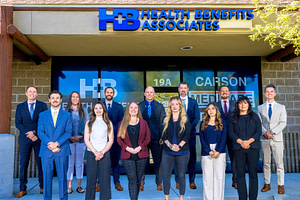
Biden Administration Cracking Down Short-Term Medical Plans
Biden Administration cracking down short-term medical plans On March 28th, 2024, the Biden-Harris Administration announced that they would be taking steps to better regulate short-term medical plans. If you have a short-term medical plan or expect to enroll in one… Read More





